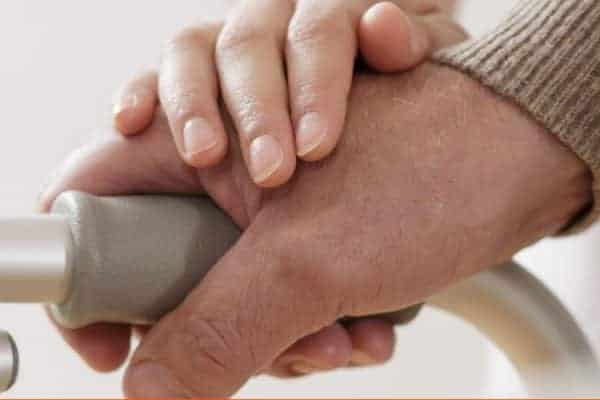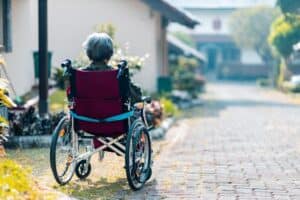Our latest safety guide looks at how to prevent falling at home, which represents the most frequent and serious accidents among older people.
8% of the 80+ population in England & Wales were admitted to hospital following a fall in 2014.
The worst falls result in serious injury, including hip fractures. There are about 65,000 hip fractures a year in England, Wales and Northern Ireland, and (to quote the Royal College of Physicians) “hip fracture patients face a significant risk of dying or of losing their independence.” In fact, 10% of people who fracture their hip can expect to die within a month, and 30% within a year.
Prevention is better than cure when it comes to slips, trips and falls – but many people don’t know where to start when it comes to ensuring the right measures are in place to protect their safety. In this article we explain how you can reduce the likelihood of potentially debilitating falls
Consult your falls team
Specialised falls teams will both teach people how to reduce the likelihood of falling, and help people equip their homes to make them as safe as possible. Usually you have to go through your GP to get a referral to the falls team, and you may have to demonstrate that you either have a history of falling, or you are at high risk of falling. As is normal with the NHS though, if you know what you are entitled to, you can usually get a referral.
Ensure you have adequate lighting throughout the home
It’s a small thing, yet poor lighting is a major factor in many preventable falls – a cause which can easily be remedied with brighter bulbs or extra lamps or light fittings.
Keep important items handy
This is another simple yet effective way to prevent falling at home. Although it’s good to be mobile and keep moving, having key items in difficult places can increase the likelihood of falls. Ensure that you have things such as house keys, phones, money and television remotes close by – and move any items you regularly need downstairs to avoid having to climb upstairs every time you need them.
Check for and remove trip hazards
It’s a good idea to enlist the help of a family member or friend to assess your home for trip hazards. You may find there are many unexpected points of danger – a rug that is slightly curled up at the ends, carpet which isn’t fixed down or wires running from a phone or lamp. Pay special attention to flooring which can become wet – in particular in kitchens and bathrooms. Non-slip rugs or floor coverings are a perfect way to increase the safety of these areas. You may also like to rearrange your furniture or the layout of your property. Ensure you can walk freely without having to step over or bump into chairs, tables and other items that could cause you to fall.
Invest in mobility aids
Mobility aids can be very small, discreet and inexpensive. Handrails are perfect, for example, for stairs, doors, kitchens and bathrooms to offer a point of stability as you move around your home. If your mobility is likely to worsen it is best to invest now in aids that may help prevent falling at home. But before spending money, do get either the falls team (see above) or an occupational therapist (OT) to come and give you advice on what is best. You may have to pay for this consultation but the investment is worth it – far better to have useful aids than a white elephant.
For more expert tips for elderly care or for further information on live-in care please take a look through our live in care articles.



2 Comments. Leave new
Such good advice!
Thank you Trudi – it is so important to try and minimise fall risks in the home so I’m glad you found the information useful.